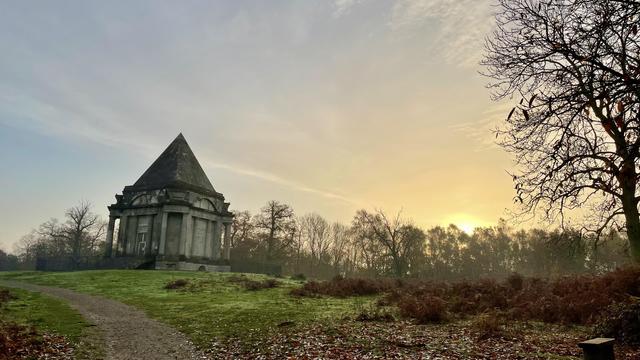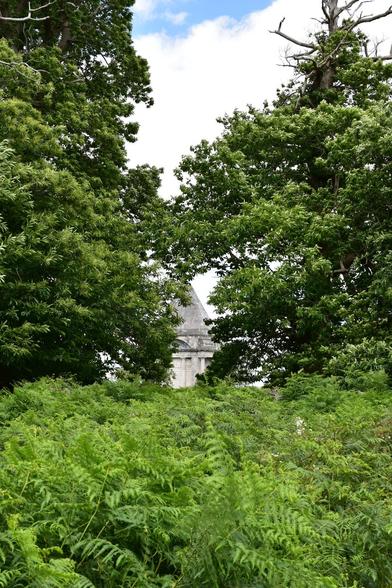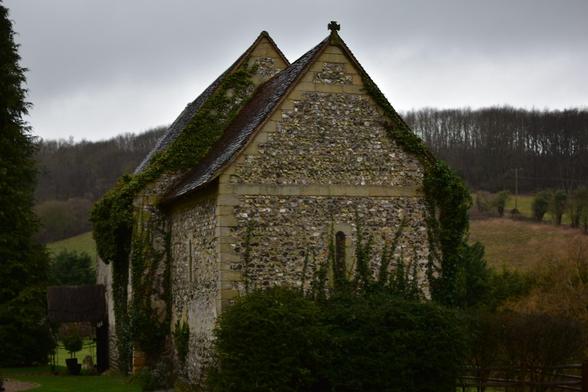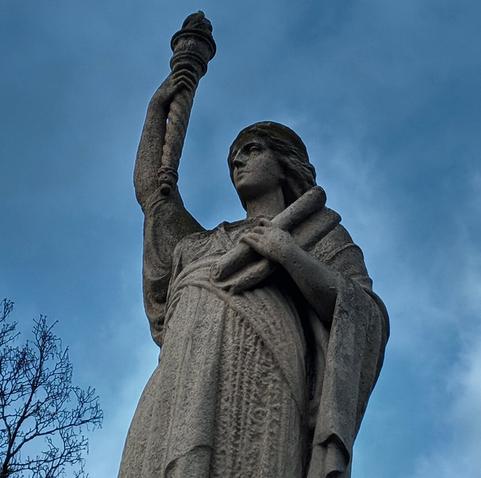This week I’d like to tell you about the Darnley Mausoleum, a place I pass often when running, usually without giving it a second glance.
Built in the 1780s for the Darnley family as a final resting place, it was designed by James Wyatt and completed under George Dance the Younger (what a name). One time I ran past and saw three people with candles, crosses and a Ouija board, trying to summon ghosts. The twist is that nobody was ever buried there. It’s said there was a falling out with the Bishop of Rochester, so it was never consecrated. They should have done their research...
The family instead was laid to rest a 30 minute walk away in the grounds of Cobham Church. Empty, it stood as an architectural statement rather than a tomb, perched on the estate’s highest point and often surrounded by Highland cows and, occasionally, deer.
During the 20th century it gradually declined, suffering vandalism and then a major fire in 1980 and left hollow in what became a woodland playground for mischief. When I was a kid, the area felt like a British Mad Max, motorbikes tearing about, the mausoleum a backdrop to chaos. Even now, if you look closely in the surrounding woods, you can spot the rusting shells of old cars and bikes that nature has reclaimed.
In the early 2000s, a coalition of local and national bodies pulled it back from the brink. Gravesham Council, the National Trust, English Heritage and others secured funding via grants and environmental remediation linked to rail works, restoring it with craftsmen-level care.
Today it’s Grade I listed, owned by the National Trust, and open to the public on select spring and summer days, though I tend not to advertise that as I like to keep my happy space quiet.



